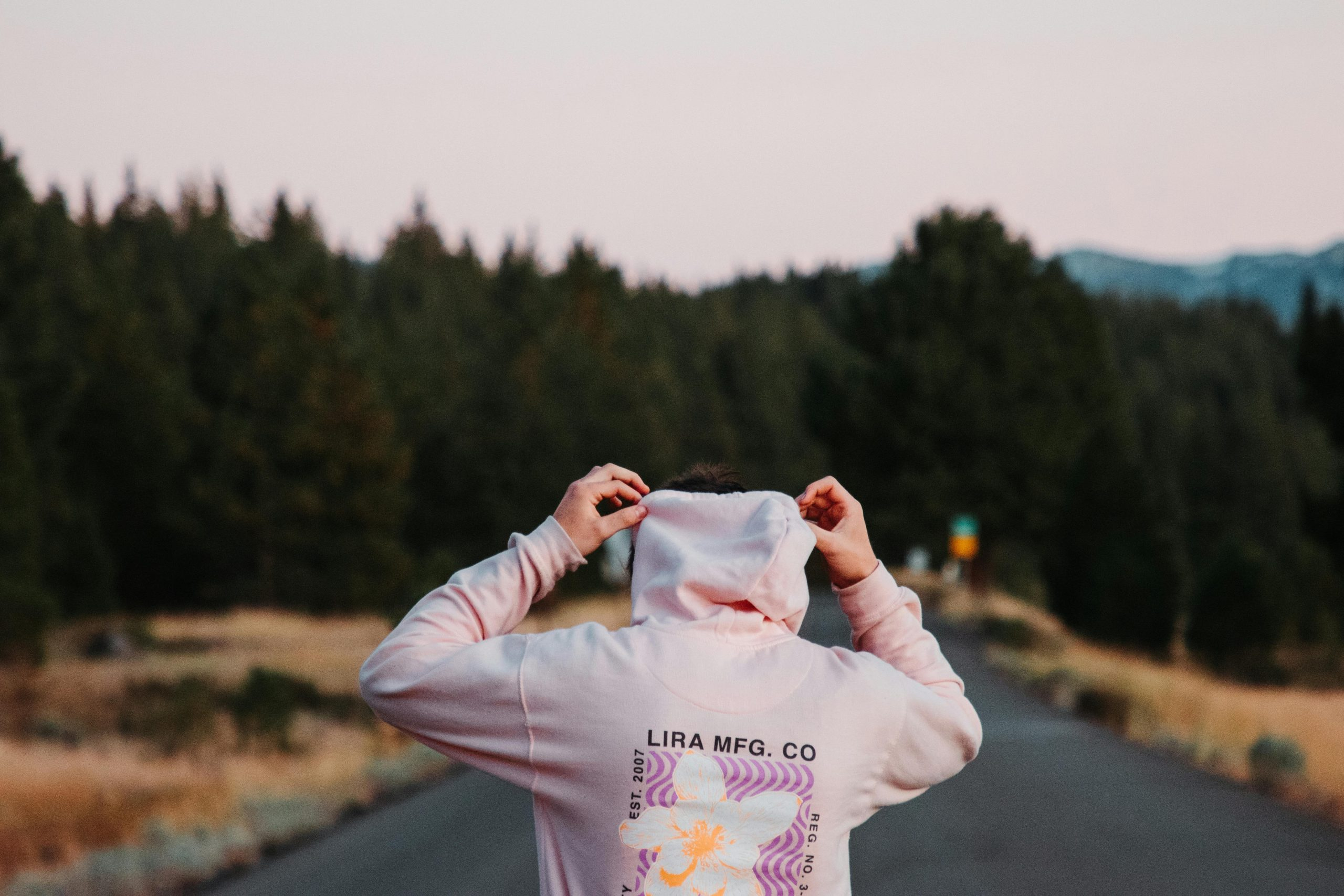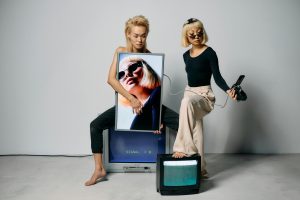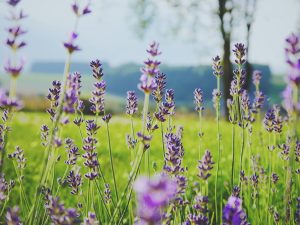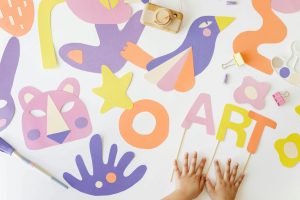The Psychology of Color in Fashion and Personal Style
When it comes to fashion and personal style, the colors we choose to wear can have a powerful impact on the way we perceive ourselves and how others perceive us. Whether we are aware of it or not, the psychology of color plays a significant role in our fashion choices. From the clothes we wear to the accessories we choose, color has the ability to influence our mood, behavior, and even our self-confidence. In this article, we will explore the fascinating link between color and fashion, and how understanding the psychology of color can help us create a personal style that truly reflects and empowers us.
Color Theory 101: Understanding the Basics
Before we delve into the psychology of color in fashion, it’s important to have a basic understanding of color theory. In simple terms, color theory is the science and art behind the use of color. It helps us understand the principles of color mixing and how different colors interact with each other. There are three primary colors – red, blue, and yellow – and when combined, they create all the other colors on the color wheel. This theory is the foundation on which we build our understanding of color in fashion.
The Influence of Color in Fashion
Color has the power to evoke strong emotions and reactions in us. This is because colors have a universal meaning and can be interpreted differently across cultures and individuals. In the world of fashion, colors are used to communicate style, mood, and personality. Whether we are drawn to bright and bold shades or prefer soft and muted tones, the colors we choose to wear can reflect our innermost thoughts, feelings, and desires.
Red: Passion, Power, and Confidence
Red is often associated with passion, power, and confidence. Wearing red can make a bold statement and exude a sense of strength and empowerment. This color is perfect for those special occasions where we want to make a striking impression. However, too much red can also be overwhelming, so it’s best to use it sparingly or pair it with other colors to balance it out.
Blue: Trust, Tranquility, and Stability
Blue is the color of trust, tranquility, and stability. It is often associated with professionalism and reliability, making it a popular choice for workwear. Blue is a calming color that can help us feel centered and in control. It also has a slimming effect, making it a great choice for those looking to create a more flattering silhouette. However, too much blue can also come across as cold and unemotional, so it’s important to balance it out with warmer tones.
Yellow: Happiness, Optimism, and Creativity
Yellow is the color of happiness, optimism, and creativity. It is an uplifting color that can bring a sense of joy and playfulness to our outfits. Yellow is also associated with youth and energy, making it a great choice for casual and fun occasions. However, too much yellow can be overpowering and lead to feelings of anxiety and stress. To avoid this, it’s best to use it as an accent color.
Creating a Personal Style with Color
Understanding the psychology of color can help us create a personal style that truly reflects who we are. By knowing the meanings and associations of different colors, we can use them to our advantage and make intentional choices that align with our personality and goals. Here are some tips to help you incorporate color into your personal style:
Know Your Dominant Color Palette
Every person has a dominant color palette that suits their skin tone, eye color, and hair color. This palette can help you determine which colors look best on you and make you feel confident and comfortable. Experiment with different color combinations to find your perfect palette.
Mix and Match Colors
Don’t be afraid to experiment with different color combinations to create a unique and eye-catching look. You can use the color wheel to find colors that complement each other and create a harmonious outfit. Mixing and matching colors can add dimension and interest to your personal style.
Consider the Occasion
When choosing colors for a specific occasion, consider the message you want to convey. For example, neutral tones like black, white, and grey can come across as more formal and serious, while brighter colors can convey a sense of playfulness and creativity.
The Bottom Line
The psychology of color in fashion is a fascinating subject that can help us better understand the impact of colors on our personal style. By being intentional with our color choices, we can create a unique and empowering personal style that truly reflects who we are. So go ahead and experiment with different colors to see how they make you feel, and have fun incorporating the psychology of color into your fashion choices.











